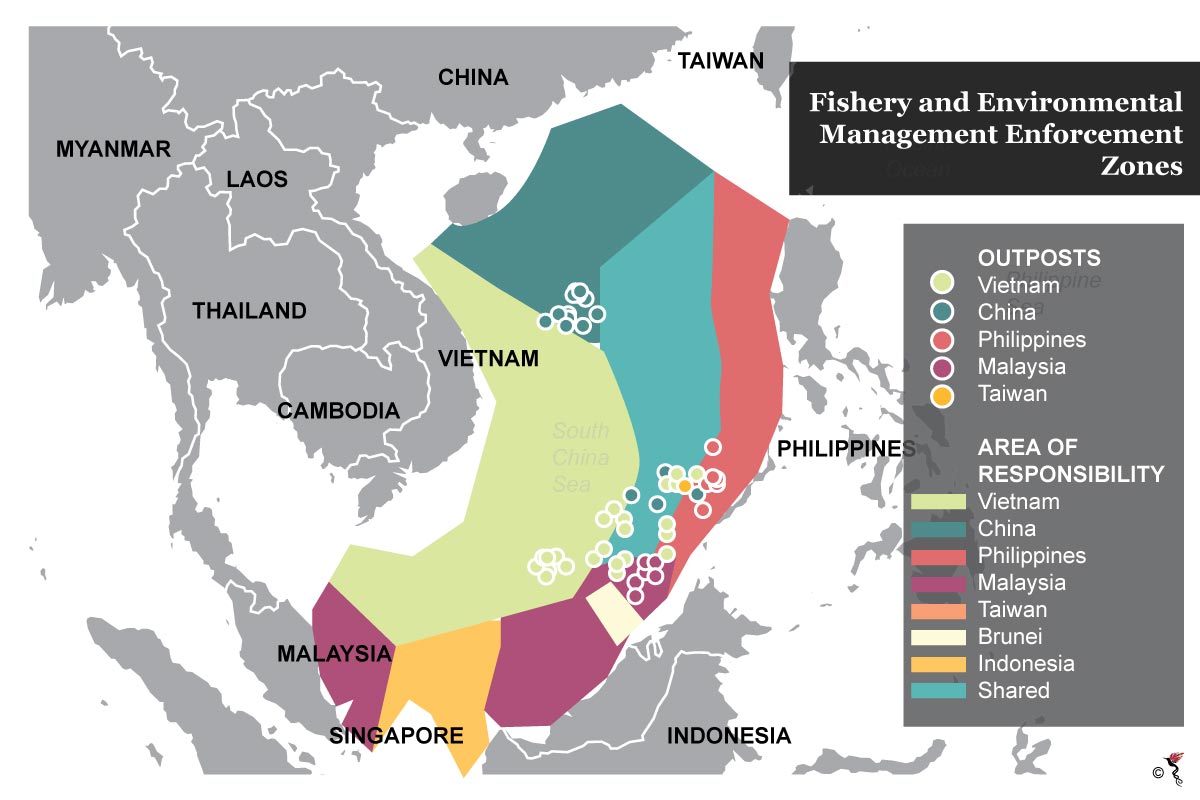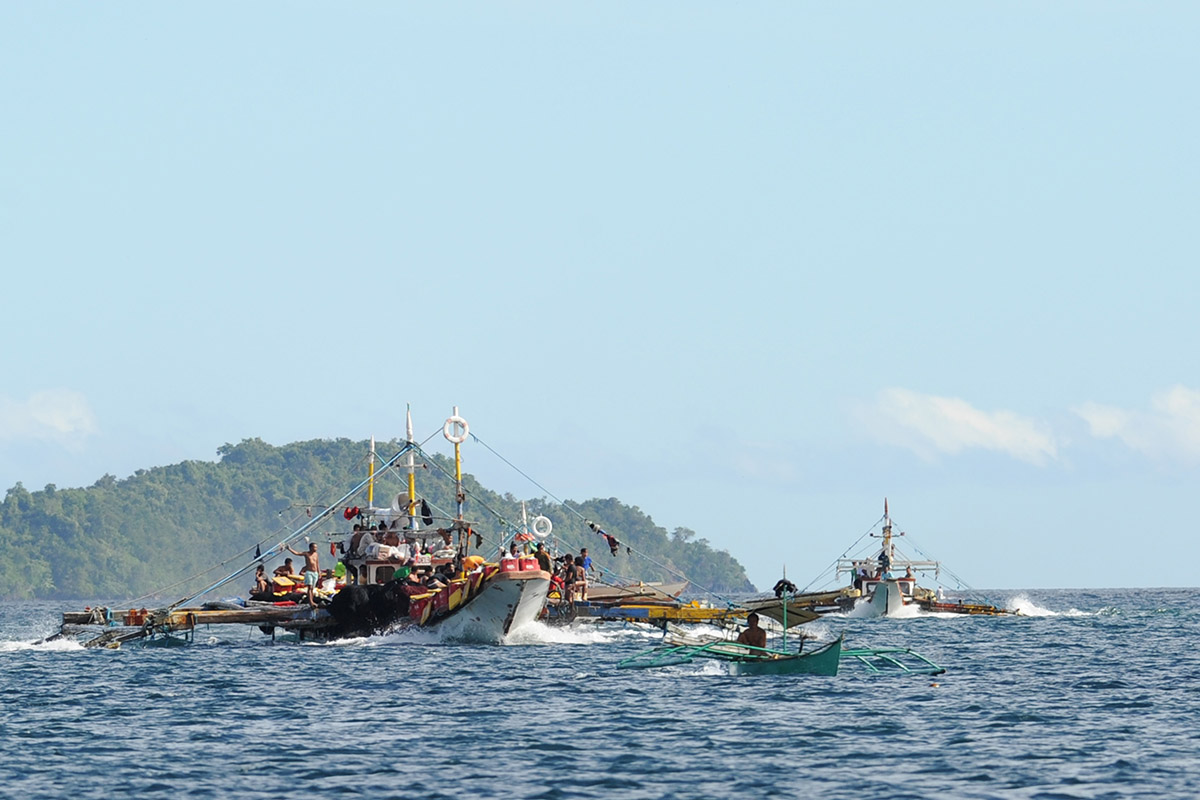The South China Sea has been long threatened – geographically and politically. In more recent times, ecologically too.
The South China Sea is one of the world’s top five most productive fishing zones, accounting for about 12 percent of global fish catch in 2015 alone.
More than half of the fishing vessels in the world operate in these waters, which employs 3.7 million people, and likely many more engaged in illegal, unregulated, and unreported fishing.
However, this critical marine ecosystem is being “seriously threatened by overfishing encouraged by government subsidies, harmful fishing practices, and, in recent years, large-scale clam harvesting and dredging for island construction,” according to the US Center for Strategic and International Studies’ (CSIS) newly-launched working group on the South China Sea.
The working group consists of geopolitical strategists, marine biologists and experts on maritime law who have collectively produced the Blueprint for Fisheries Management and Environmental Cooperation in the South China Sea.
“Total fish stocks in the South China Sea have been depleted by 70-95 percent since the 1950s and catch rates have declined by 66-75 percent over the last 20 years. Giant clam harvesting, dredging, and artificial island building in recent years severely damaged or destroyed over 160 square kilometers, or about 40,000 acres, of coral reefs, which were already declining by 16 percent per decade.”

Source: Blueprint for Fisheries Management and Environmental Cooperation in the South China Sea.
“The entire South China Sea fishery, which officially employs around 3.7 million people and helps feed hundreds of millions, is now in danger of collapse unless claimants act urgently to arrest the decline,” they stated.
Another study by the Australian National University earlier this year also stated that “the South China Sea fishery is being depleted at an unsustainable rate and in a destructive manner. The use of cyanide, dynamiting and reef destruction is not uncommon.”
Call to action
Citing the United Nations Convention on the Law of the Sea (UNCLOS), the group reported that the countries of the Southeast Asian region – namely Malaysia, Vietnam, Philippines, Brunei and Indonesia – could work with other claimant nations on management of fish stocks without comprising its claims over the sea.
Since all communities around the South China Sea are highly dependent on fish stocks for food security and income, there is a definite legal obligation to cooperate on fisheries management and the environment based on practical necessity.
The Blueprint suggests that claimants should agree to establish a Fishery and Environmental Management Area in the South China Sea with implementation and enforcement drawing from successful precedents such as the Great Barrier Reef Marine Park.
This establishment would determine a series of distinct ecosystem-based fisheries zones covering the reefs that are vital to regional fish stocks including the various islands as well as the waters in between.
Other suggestions include splitting “enforcement responsibilities between occupiers and flag states”, agreeing “not to use subsidies to encourage fishing within the already overfished South China Sea”, “coordinate efforts to reintroduce threatened species”, refraining from activities that alter or damage the seabed, and contribute to marine scientific research, “which is necessary to assess the health of the maritime environment and effectively implement conservation efforts.”
Recommended stories:
